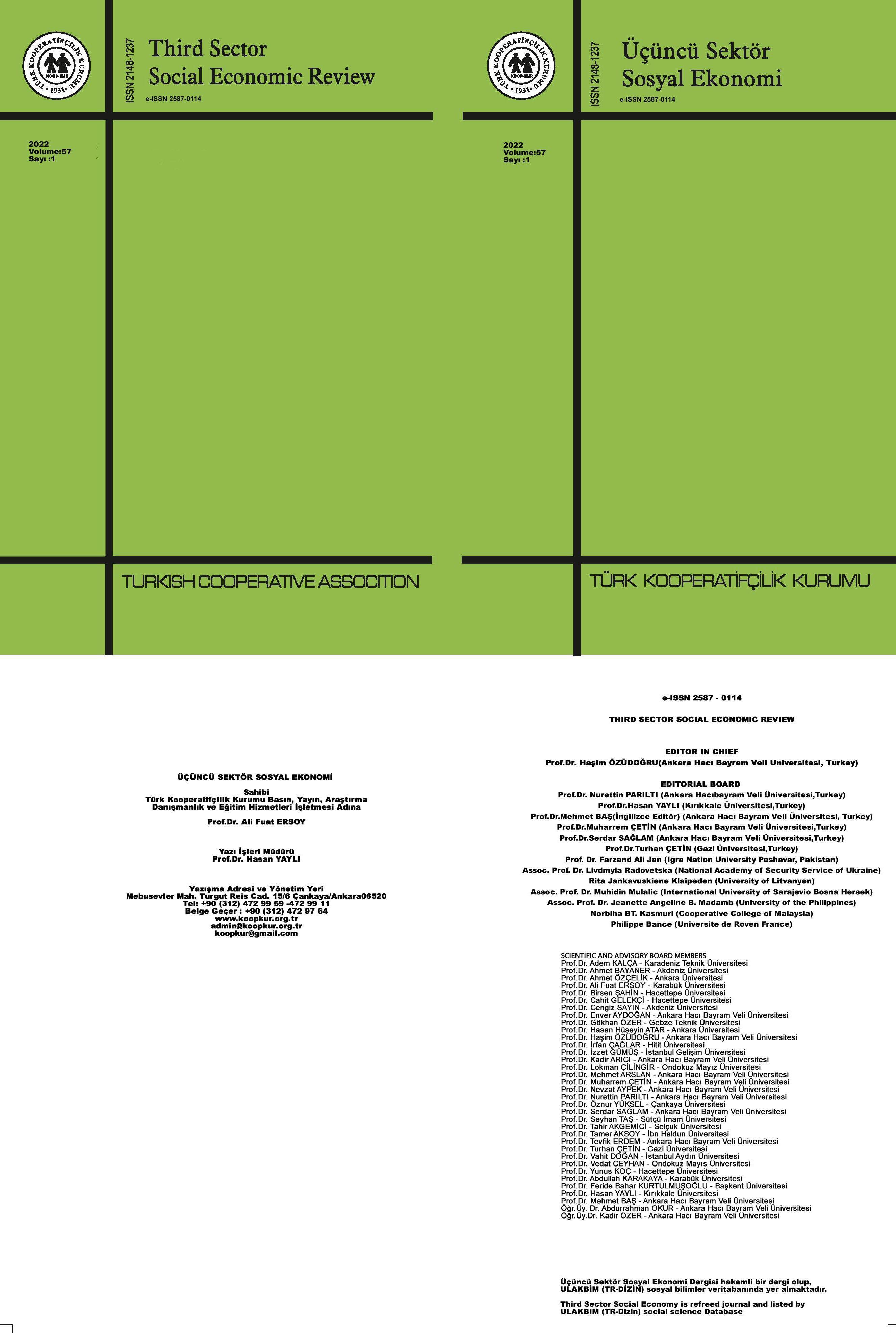THE EFFECTS OF CHANGES İN INTEREST RATES AND EXCHANGE RATES ON BANKS' PERFORMANCE: SYSTEMATİC APPROACH AND A STRESS TEST MODEL APPLİCATİON INCLUDİNG SENSİTİVİTY ANALYSİS.
DOI:
https://doi.org/10.15659/3.sektor-sosyal-ekonomi.22.03.1792Keywords:
Banking, Fund Management, Interest Rate Risk, Currency Rate Risk, Stres and Sensitivity Test.Abstract
Banks use the funds, they collect from the public or borrow from domestic or foreign markets as loans or invest in securities. Due to globalization, financial liberalization and technological developments, high-rate fluctuations occur in interest rates and exchange rates in national and international financial markets. is encountering. In the process of fund management in banks, it is very important to identify, measure and manage risk areas.
In this study; In particular, interest rates and the management of exchange rate risks in banks are systematically explained, a realistic model bank balance sheet is prepared, and how the bank's financial structure is affected by changes in exchange rates and interest rates is examined with a stress test model, which also includes sensitivity analysis. With the sensitivity test in banks, the effect of the variables included in the analysis on the bank balance sheet can be examined separately, and with the stress test, the probability of gain or loss of the entire portfolio is measured according to possible scenarios. The stress test, which is widely used in the measurement of interest rate and exchange rate risk in financial institutions, is explained systematically and with a realistic model, and it is considered that it will make an important contribution to the understanding and examination of banks' treasury, fund and risk management processes.







